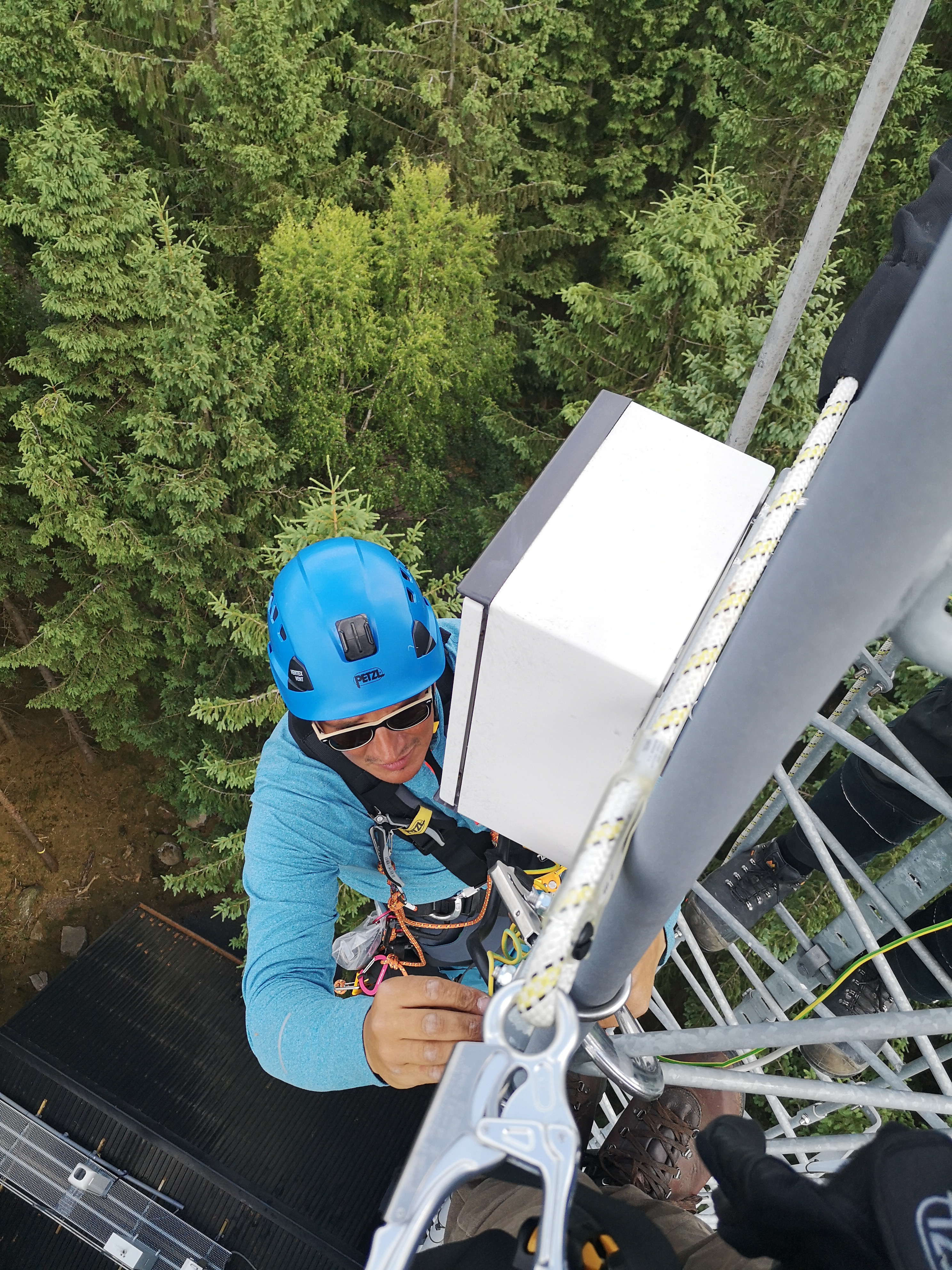National Facilities

On 22 September, the Swedish Research Council announced its decision to fund ACTRIS Sweden, without any cuts in the budget presented in the proposal. ACTRIS Sweden will now be established as a national Research Infrastructure, with six RPOs (Research Performing Organizations) taking part in the 5-year Implementation Phase starting January 2022.
The six RPOs involved in ACTRIS Sweden are Lund University (Coordinating RPO), Stockholm University, Gothenburg University, Swedish University of Agricultural Sciences (Umeå branch), the Swedish Meteorological and Hydrological Institute SMHI, and Uppsala University.

For scientific as well as logistical reasons, the ACTRIS Sweden strategy is to strictly co-locate all our sites with those of ICOS, in Sweden and on Svalbard (Zeppelin).
With the funding received, ACTRIS Sweden will implement five co-located ACTRIS-ICOS stations along a north-south gradient, and two exploratory platforms, building on considerable pre-existing resources. Upgraded and new instrumentation will be deployed for observations of ACTRIS variables, bringing the platforms to a capacity where they will fully comply with ACTRIS ERIC requirements for National Facilities.
Swedish ACTRIS researchers at Lund University and Stockholm University are already conducting ACTRIS-related Aerosol In-Situ (AIS) observations at the two ICOS Sweden tall tower sites at Hyltemossa in southern Sweden and Norunda outside Uppsala.
The ACTRIS-related AIS and Cloud In-Situ (CIS) observations of Stockholm University at the Zeppelin station on Svalbard will continue and be further expanded.
With the new funding, ACTRIS Sweden will start ACTRIS AIS activities at Svartberget in northern Sweden and Östergarnholm (coastal site on the Baltic Sea). Both Svartberget and Östergarnholm are already fully operational ICOS Sweden sites.
The three mainland ACTRIS Sweden sites at Hyltemossa, Norunda, and Svartberget will now start observations also of reactive trace gases (RTG).
Gothenburg University is responsible for setting up a mobile Exploratory In-Situ platform for observations of AIS and RTG. The latest commercially available high-resolution mass spectrometers will be employed for extensive online chemical characterization of both gas and particle phases.
SMHI is responsible for operating a cloud radar, which is currently in operation at Hyltemossa (cloud remote sensing; CRS).
Negotiations to prepare for the start-up of the national RI have already started, and the Swedish Research Council will initiate the process for Sweden to join the ACTRIS ERIC in 2022.












